In the April issue of our blog series on Citizen Science, we present one of our partner projects, Mosquito Alert, which is a non-profit Citizen Science project based on an international collaboration coordinated by various state research centres, including the University of Pécs. We spoke with Kornélia Kurucz PhD, who represents UPécs and participates in the project.
Tell us about Mosquito Alert, how and when it was created, what is its purpose?
Mosquito Alert was started in Spain in 2014, with the aim of bringing together researchers and the public to act against mosquito-borne pathogens such as malaria and dengue and to use the scientific evidence to control diseases and to create constructive solutions. To this end, Mosquito Alert has developed a mobile application that allows users to report the presence and development (breeding) of mosquitoes in their environment. The app allows users to take photos of mosquitoes and share them with the Mosquito Alert community. The data is then analysed by experts who are able to get a more accurate picture of the distribution area of each species and the evolution of their populations. Furthermore, they support local authorities to plan the proper regulation of mosquitoes. The program is constantly expanding and currently operates in more than 20 European countries as well as in Latin America. The application is also available in each country’s own language.
In summary, the goal of Mosquito Alert is to reduce the number of mosquitoes that spread various diseases through the active participation of the public and thereby protect people’s health.
When did you get involved in the project? What is your connection to it?
We, and I can say Hungary, joined this initiative in 2019 within the framework of the AIM (Aedes Invasive Mosquito) COST-Action. One of Action’s goals is to fortify protection against mosquitoes with a harmonized monitoring program throughout Europe. A portion of the program is to involve the civil community in monitoring, practically using the Mosquito Alert application. With the start of the program came the idea of expanding the app (e.g. more functions) and making it available in more languages, in which we also took an active role. We worked on the translation of the texts of the app into Hungarian, and we also engaged in promoting the application and the monitoring program in Hungary.
Together with the Ecological Research Center, we launched the Mosquito Monitor (Szúnyogmonitor) program in Hungary, together with our Hungarian-language website, where all important information can be read in Hungarian.
In addition, we contribute to the validation (professional inspection) of mosquito photos received through the Mosquito Alert app, together with a total of 64 entomological experts from 22 European countries.
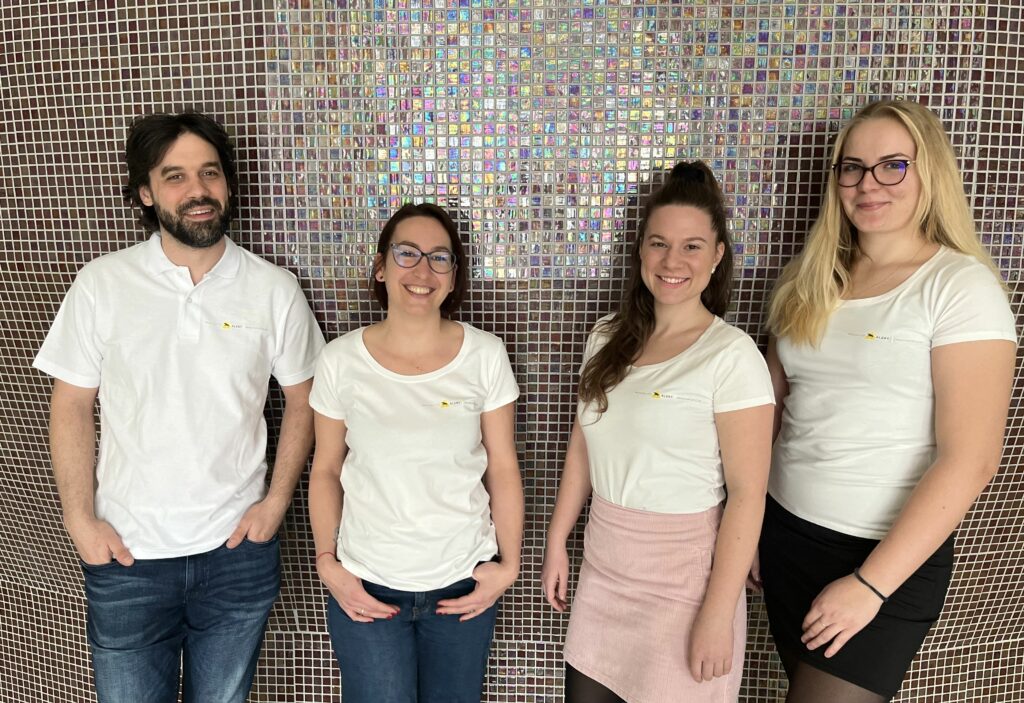
Why do you think it is important to involve citizens in the research process?
Involving citizens in scientific research is particularly useful when we need a great amount of data from various locations. This type of data collection approach is extremely applicable in the case of mosquitoes, since they often breed in private gardens and closed courtyards, so it is difficult for researchers to access during monitoring.
Moreover, the involvement of civilians is also essential because it helps researchers to collect as much data as possible in the given area. In our case, for example, it enables continuous monitoring of the presence and development of mosquitoes at the level of local communities. As a result, researchers can get a much more accurate picture of mosquito populations, which helps them develop more effective control strategies. In addition, the active engagement of citizens raises the awareness of the issue, in this case, the dangers of mosquito-borne diseases, and thereby increases people’s sense of responsibility towards their environment and community and helps to ensure that people consciously participate in the development of protection.
In summary, the involvement of civilians in scientific research is fundamental because it increases the accuracy of research results, expands awareness and responsibility, and enables community collaboration in the research process.
How can the public help your work in addition to using the app?
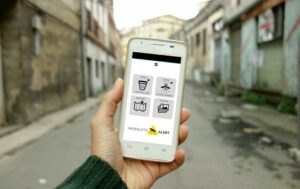
Mostly by using the app properly and sending us valid photos. At first, we received photos from many enthusiastic users, but they were of poor quality or did not show the characteristic features of the mosquito; so it was difficult or impossible for us to identify the species of mosquito in the picture.
Beside contributing to the programme, it is very important to take a good, usable picture of the mosquitoes. We can identify each species primarily based on the pattern of the thorax (top view, dorsal part) and the hind legs (white stripes on them), so it is worth taking a photo that shows these features.
Many practical tips can be found in the app and on the website of Szúnyogmonitor. You can take several pictures for one submission, so we have a better chance of identifying the specimen.
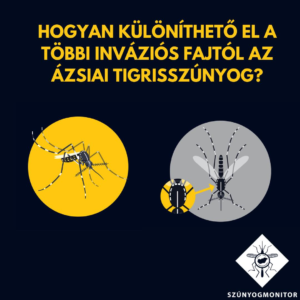
It is also a huge help if someone sends in mosquito observations from the same area, not just once, but several times, or even regularly, so, we get a more accurate picture of the seasonal activity of mosquitoes.
In addition, they can also help with our work if they participate in our local community programs, local mosquito control programs.
The public can also help researchers to better understand local environmental conditions if they give advice and support them in the research process, for example, by allowing access to their gardens and private yards upon request.
All in all, the public can help the researchers in the Szúnyogmonitor project in many ways: for example, by uploading photos, sharing data, participating in local community programs, providing advice and support.
The news of killer mosquito species sometimes pops up in the media. How much should we really fear the emergence of new species caused by climate change and the diseases they carry?
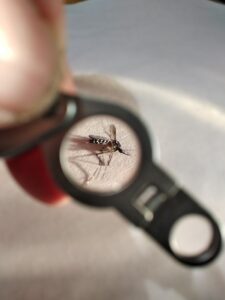
In short, we don’t have to be afraid, but we do have to prepare for the (mainly public health) risk they pose. Mosquitoes and, unfortunately, the pathogens they spread have always been present in the history of mankind, just think of malaria. However, climate change has an increasingly obvious effect on the presence and spread of mosquitoes. New, non-native mosquito species, which typically arrive in Europe through human activities (goods transport, tourism), can result in the appearance of new diseases and the increased spread of existing ones, which can be dangerous for the local population. In the case of mosquitoes, the globalized world of our time can clearly be held responsible for the appearance, or more precisely, the introduction of new species, but they owe their survival and settlement in the temperate zone to warming environmental conditions. Changes associated with warming caused by climate change, such as rising temperatures, changes in precipitation, and increasing climatic anomalies, are altering the habitat and development cycle of mosquitoes. Thanks to their good adaptability, the new species are able to cope well with hot and dry periods and are active even during the day; so indirectly, the warming climate increases the reproduction rate of mosquitoes and thus, their ability to spread. In other words, you can expect longer mosquito seasons, and even more mosquitoes. The appearance of new, previously unknown mosquito species can increase the risk of disease spread.
Currently, the main pathogens spread by mosquitoes in Hungary are the Dirofilaria nematodes, which primarily cause heart and skin worms in dogs, but more and more human infections are being diagnosed. In addition, the West Nile virus is also present in the country. The last time it caused a serious epidemic in our country was in 2018. However, in the surrounding European countries, there were several cases of epidemics caused by dengue or chikungunya viruses, which can most likely be related to the appearance of new invasive species.
That is why it is crucial to monitor and control the appearance of new species caused by climate change and the dangers associated with them. Concerned governments and society should work together to prevent and treat disease, including taking environmental measures, establishing disease prevention and treatment programs, and raising public awareness of the dangers.
Spring is coming soon. What preventive advice would you give to the civilians?
Perhaps my most important advice is to do our part cooperatively and preventively in the fight against mosquitoes and their pathogens. General hygiene measures such as preventing mosquito bites, using appropriate protective equipment, and regular medical tests (such as heart and skin worm tests for dogs) can help reduce the risk. We should not allow mosquitoes to breed in our own garden or yard and clean up water bodies that are suitable for this (e.g., change the water daily in the bird drinker, in the water bowl of our pets), we should clean the clogged gutters, and cover the rainwater harvesting tanks with a mosquito net. We can draw the attention of our neighbours and people living in our surroundings to these measures!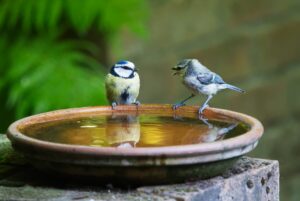
In addition, you can effectively protect yourself against bloodsuckers by using, for example, mosquito nets on windows and doors, which not only keep mosquitoes out, but also flies that are active during the day. Outdoors, especially by the water’s edge, it is recommended to wear long clothing (e.g., long-sleeved pants and tops) and to use repellents and mosquito repellents. Finally, if you do encounter a mosquito, don’t forget to use the Mosquito Alert application.

For more information check these websites:
The app is available on the Google Play Store and the App Store.
Thank you for your interview!
On May 15, 2023, we are inviting you to the Library and Knowledge Centre, where the project will be presented and you will have the chance to participate even more actively. More information about the event will be available on our Facebook page and the Library’s website.

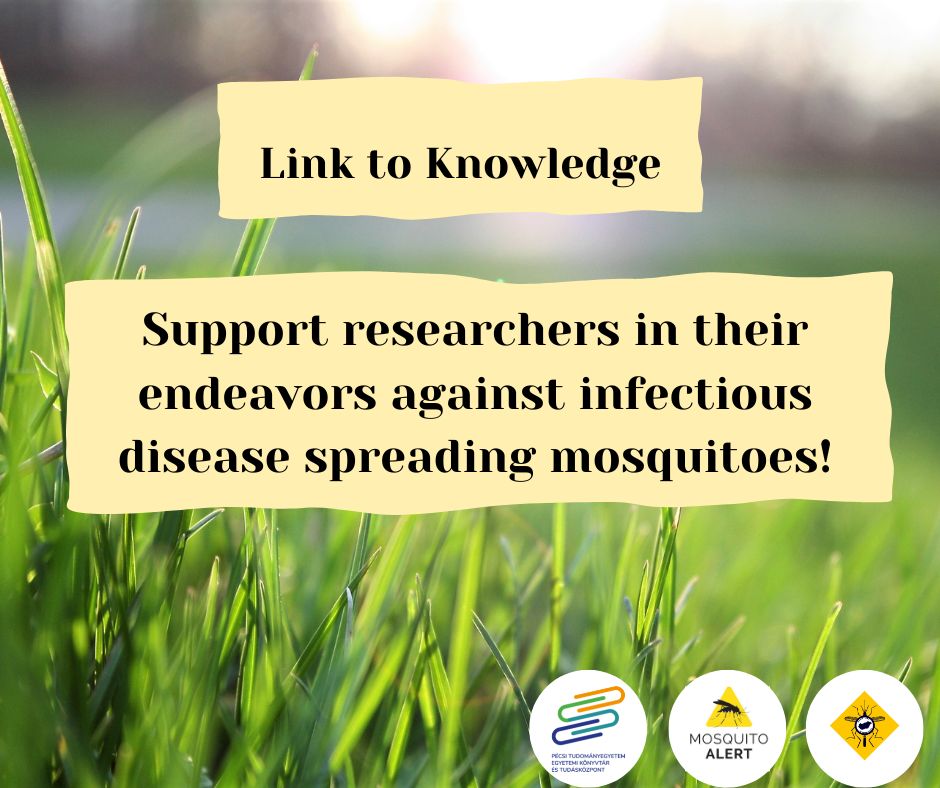
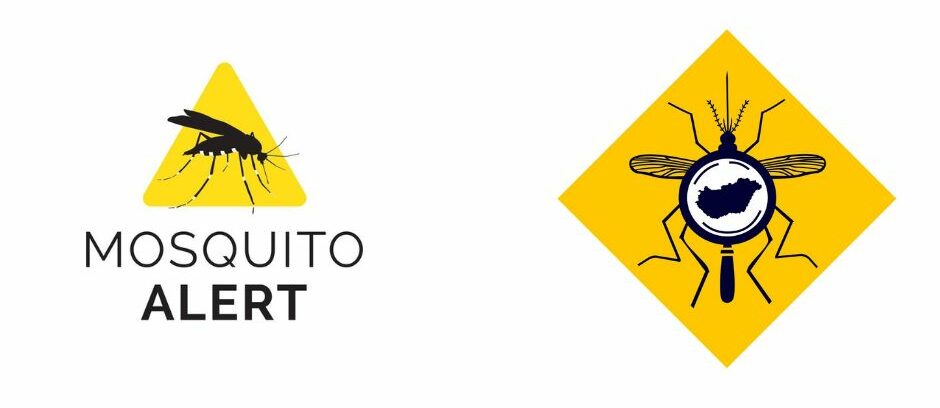
Leave a Reply